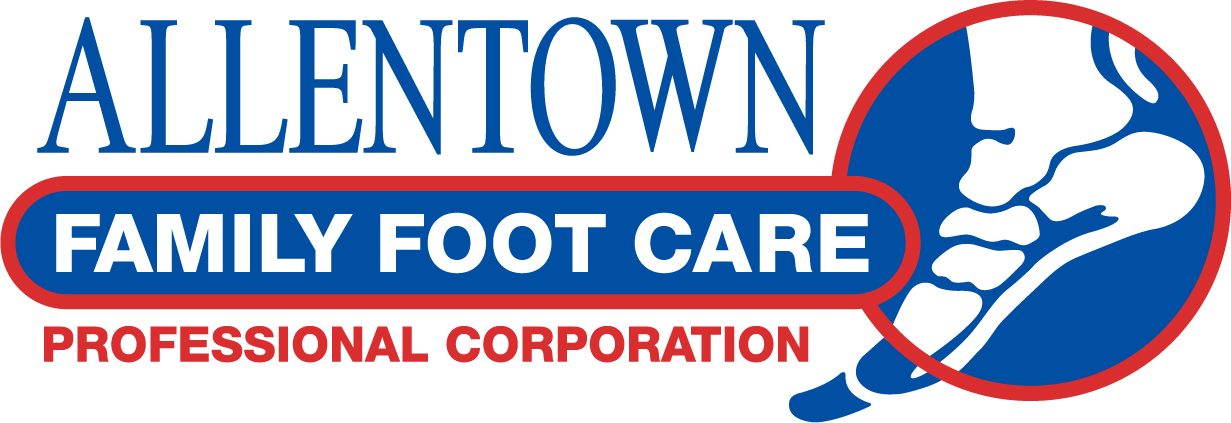Many times athletes and even average, active individuals can’t do the things they would like to do, due to injuries and other interferences that prevent us from remaining mobile and active. Everyone knows the benefits of an active lifestyle, and when something disrupts your lifestyle, it can be frustrating. However, there is hope. Aquatic therapy is the best way to rehabilitate injured parts, once cleared by your physician.
A water program can be the best form of therapy and conditioning for conditions such as: arthritis, chronic sports injuries, post surgical procedures, fibromyalgia, recovery from a stroke, or just reconditioning in general. A swim or aquatic program can also be the best supplement to an exercise program as one ages. It is a wonderful cross training tool when a person can no longer run or walk as they once did when they were younger. Add medical conditions such as arthritis or osteoporosis, and some weight bearing activities may need to be reduced. Swimming is a great substitute for your routine. Many high-level athletes also use the water to cross train and reduce stress that is placed on the body from other intense activities that they perform.
Aquatic therapy is an excellent means to maintain flexibility, especially with a knowledgeable instructor and established program (see listed programs at end of blog). Many local hospitals offer aquatic therapy programs. These programs often require a prescription from your doctor, managing a condition for you. Other aquatic fitness programs are found all over the Lehigh Valley and are open to the public. Most public pools have programs ranging from lap swimming to water aerobics to flexibility programs.
Anyone with the proper instruction can find a way to use the water for conditioning. Say, for instance, your shoulders are limited; there are strokes to try and fins to use that create a tough workout even when you are not able to use your arms. Runners can tread water when recovering from a stress fracture; a person with neck arthritis can use a snorkel when swimming so they don’t have to turn their head; they could also use fins and remain on their back. For non-swimmers, a program in the shallow end of a pool may focus on stretching and flexibility. Of course, anyone can learn to swim with the right teacher. As you can see, when it comes to using the water as a rehabilitation tool, the possibilities are endless.
If you have a medical condition, make sure you consult your physician before starting any exercise program.
Dr. Raymond Fritz is a local podiatric physician, who has a long history with the water as a coach, tri-athlete, and Navy SEAL. He believes in maintaining a healthy lifestyle and that there is always a way to improve your activity level. There are always options to consider. Please see below for aquatic therapy and swimming programs in the area:
Good Shepherd Rehabilitation
Aquatic Therapy
610-776-3220, option 2
http://www.goodshepherdrehab.org/aquatic-therapy
St. Luke’s Pediatric Rehabilitation: Aquatic Therapy
484-526-3200
http://www.slhn.org/en/Conditions-Services/Childrens-Health/Pediatric-Rehabilitation/Aquatic-Therapy.aspx
24/7 Fitness Programs
shess@24-7fitness.com (e-mail for more info)
http://www.24-7fitness.com/aquatics.html (Download the 2013 Summer Swim Program and the 2013 indoor aquatics program on the left hand side of the website for more information)
Cedar Crest College
The Rodale Aquatic Center
610-606-4670
http://www.cedarcrest.edu/ca/rac/index.shtm
